Wine pouch
Lightweight, flexible pouch designed for convenient wine carriage and preservation.
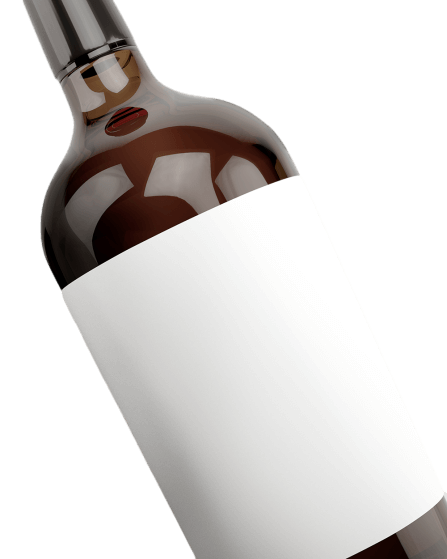
Wine Pouch Solution Provider
The most substantial positive effect we can have on the environment is by minimizing the materials we produce and utilize. Wine pouch achieves this by offering maximum product with minimal packaging. It lowers energy consumption during production and transportation, reduces packaging waste, and enhances product protection effectively.
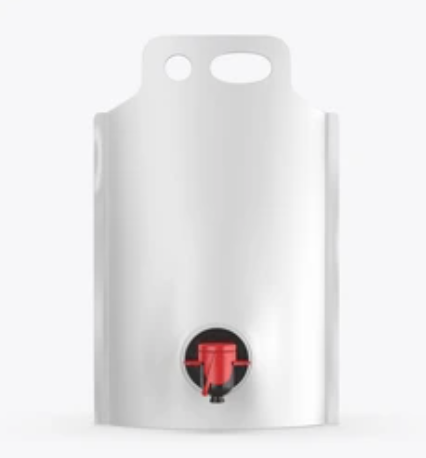
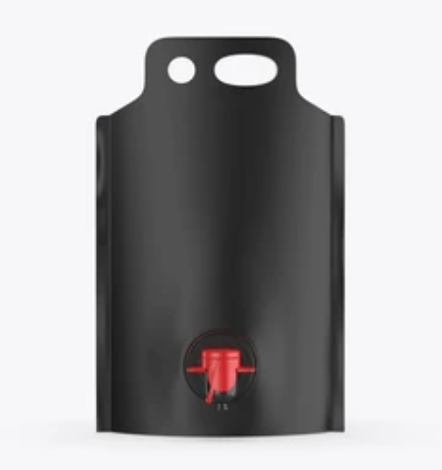
What Is Wine Pouch
A wine pouch is a flexible, durable packaging solution designed specifically for wine and spirits. It is made from high-barrier materials, often including layers of plastic, foil, and other materials, to protect the wine from light, oxygen, and external odors, thereby preserving its quality
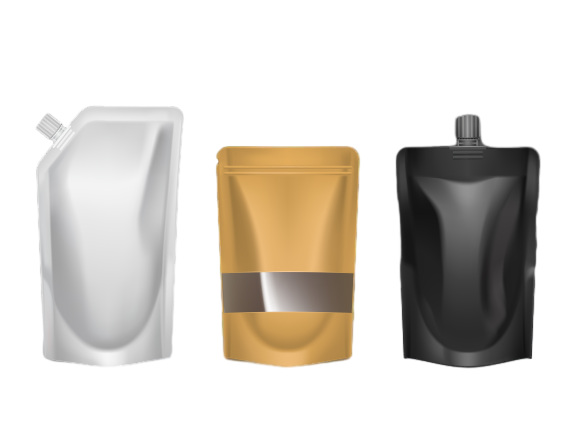
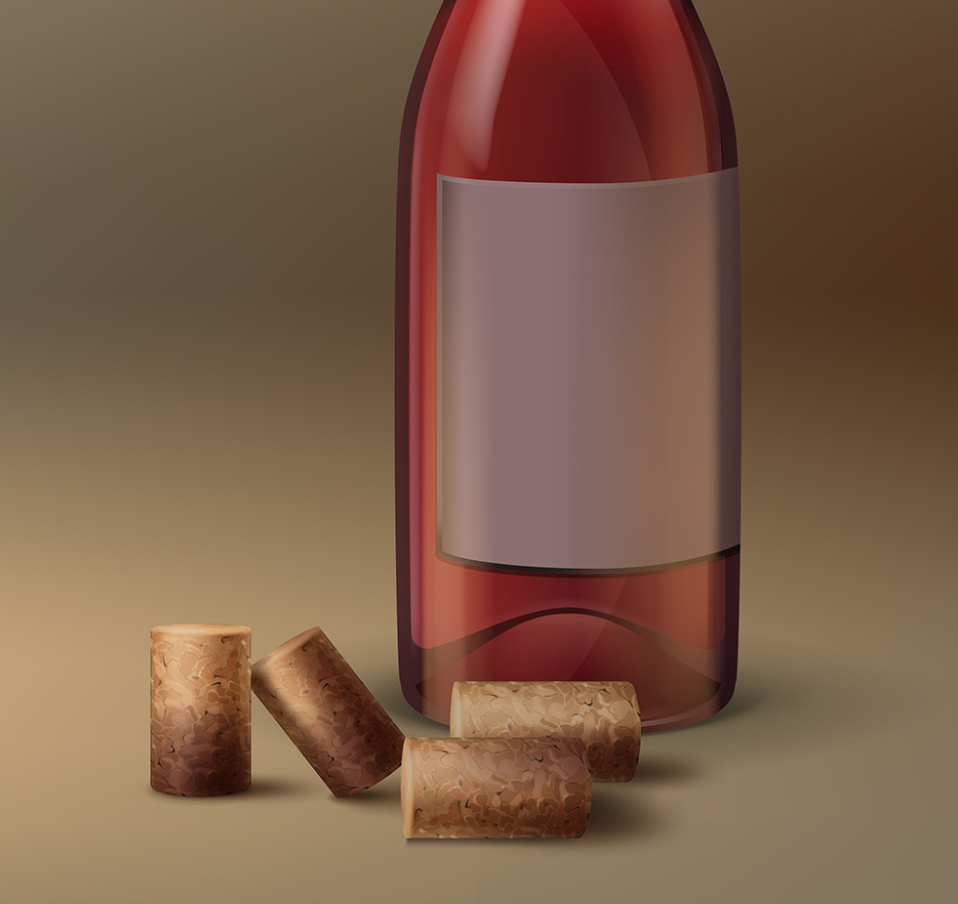
Key Features Of Wine Pouch
- Portability and Convenience:
- Lightweight: Wine pouches are significantly lighter than glass bottles, making them easy to carry.
- Flexible: They can be easily stored in bags or backpacks, ideal for outdoor activities.
- Easy Pouring: Often equipped with spouts or taps for convenient and spill-free pouring.
- Preservation Technology:
- Multi-Layer Materials: Made from layers of plastic, foil, and other materials to block oxygen and light, preserving wine quality.
- Airtight Sealing: Heat sealing technology ensures a strong seal, preventing oxygen ingress and maintaining wine freshness
- Sustainability:
- Eco-Friendly: Wine pouches are more environmentally friendly than glass bottles due to reduced material usage and lower carbon emissions during transport.
- Recyclable Materials: Many pouches are made from recyclable materials, contributing to sustainability efforts.
Contact us to discuss your flexo packaging solutions!
We’d like to bring value and save cost for your wine pouch.
Types Of Pouches
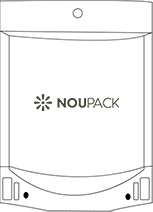
Stand Up Pouch

Spouted Pouch

Valve Pouch

3-side Seal Pouch

Special Shape Pouch

Zipper pouch

8-side Seal pouch

4-side Seal Pouch
Are You Looking For Customized Film Packaging?
Common Materials Used For Wine Pouch and Their Properties
Aluminum Foil
Aluminum foil offers excellent barrier properties, effectively preventing moisture, oxygen, and light from penetrating, which helps maintain food quality and freshness. It is lightweight, easy to process, and recyclable, making it suitable for various food packaging applications.
Nylon (Polyamide)
Nylon possesses good mechanical strength and abrasion resistance, along with high barrier performance. It is suitable for food packaging that requires resistance to high temperatures and freezing, effectively extending the shelf life of products.
Polyester (PET)
Polyester materials have high transparency and excellent optical properties along with good barrier performance. They are commonly used in beverage bottles and other packaging, providing resistance against moisture and oxygen ingress.
Ethylene-Vinyl Alcohol Copolymer (EVOH)
BOPP (Biaxially Oriented Polypropylene)
CPP (Cast Polypropylene)
Kraft Paper
Polyethylene (PE)
Bioplastics
Frequently Asked Questions
About Wine Pouch
1.What materials are used to make the Wine Pouch?
The Wine Pouch is typically made of a multi – layer composite material. The outer layer is often a high – strength, puncture – resistant plastic film, which provides protection against physical damage. The middle layer is usually an aluminum foil layer, which offers excellent barrier properties against oxygen, moisture, and light, ensuring the wine’s quality is well – preserved. The inner layer is a food – grade plastic film that is in direct contact with the wine, meeting strict safety standards.
2. Is the Wine Pouch leak – proof?
Yes, the Wine Pouch is designed with a reliable sealing mechanism. The heat – sealed seams and high – quality materials used in its construction ensure a tight seal, preventing any leakage. Whether it’s during transportation or storage, you can be confident that your wine will remain safely inside the pouch.
3. How much wine can the Wine Pouch hold?
We offer Wine Pouches in various sizes. Common capacities include 750 ml, which is equivalent to a standard bottle of wine, as well as larger sizes such as 1.5 liters and 3 liters, catering to different consumption needs and occasions.
4. Can the Wine Pouch be recycled?
Most parts of the Wine Pouch are recyclable. The outer plastic film and the inner food – grade plastic film can usually be recycled in appropriate plastic recycling facilities. However, the aluminum foil layer may require special recycling processes in some areas. We recommend checking with your local recycling center for specific guidelines.
5. How does the taste of the wine in the Wine Pouch compare to that in a traditional glass bottle?
The multi – layer composite material of the Wine Pouch effectively blocks oxygen, moisture, and light, which are the main factors that affect wine quality. As a result, the wine in the pouch can maintain its original taste, aroma, and quality for a long time, similar to or even better than that in a glass bottle. The pouch also reduces the risk of oxidation and contamination during storage and transportation.
6. Is it easy to pour wine from the Wine Pouch?
Yes, the Wine Pouch is designed with a convenient spout or opening mechanism. The spout is carefully engineered to allow for smooth and controlled pouring, preventing spills. Some pouches also come with additional features like a pour – control valve, making it even easier to pour the wine neatly.
7. How should the Wine Pouch be stored?
Store the Wine Pouch in a cool, dark place away from direct sunlight and heat sources. The ideal storage temperature is between 10 – 15°C. Standing the pouch upright is recommended to keep the seal intact and prevent any potential leakage. Avoid storing it in areas with high humidity, as this may affect the integrity of the packaging.
8. Can the Wine Pouch withstand transportation?
The Wine Pouch is designed to be highly durable and suitable for transportation. The robust outer layer and secure sealing make it resistant to jostling, vibration, and pressure during shipping. It has been tested to ensure that it can withstand the rigors of various transportation methods, whether by land, sea, or air.
9. Are there any special cleaning requirements for the Wine Pouch if it’s reusable?
If the Wine Pouch is designed to be reusable, it can be cleaned with warm, soapy water. Rinse it thoroughly with clean water after cleaning to remove any soap residue. Avoid using harsh chemicals or abrasive cleaners, as they may damage the material of the pouch. Allow it to air – dry completely before refilling.
10. What is the shelf life of wine in the Wine Pouch?
Under proper storage conditions (cool, dark place, suitable temperature), wine in the Wine Pouch can have a shelf life similar to that in a glass bottle. For still wines, it can typically last for 1 – 3 years, while for fortified wines, it may last even longer, up to 5 years or more. However, it’s best to consume the wine within the recommended time for optimal taste.
11. Can the Wine Pouch be used for sparkling wine?
Yes, there are specially designed Wine Pouches for sparkling wine. These pouches are made with materials that can withstand the higher internal pressure generated by the carbonation in sparkling wine. They also have a secure sealing mechanism to prevent the escape of carbon dioxide, ensuring the wine remains fizzy.
12. How do I know if the Wine Pouch is properly sealed?
Before use, visually inspect the seal of the Wine Pouch. A properly sealed pouch will have a continuous, smooth heat – sealed seam with no visible gaps or openings. You can also gently squeeze the pouch (if it’s unopened) to check for any air leaks. If there is no hissing sound or air escaping, the pouch is likely properly sealed.
13. Are there different colors or designs available for the Wine Pouch?
Yes, we offer a variety of colors and designs for the Wine Pouch to meet different marketing and aesthetic needs. The outer layer can be printed with custom labels, logos, and attractive graphics. Whether you prefer a classic, elegant look or a more modern, eye – catching design, we can work with you to create the perfect packaging for your wine brand.
14. Can the Wine Pouch be customized according to my brand’s requirements?
Absolutely. We offer comprehensive customization services for the Wine Pouch. You can customize the size, shape, material thickness, and printing design to align with your brand image and product features. Our team of experts will work closely with you to ensure that the final product meets your exact specifications.
15. How does the cost of the Wine Pouch compare to traditional glass bottles?
In general, the cost of the Wine Pouch is relatively lower than that of traditional glass bottles. The materials used in the pouch are often more cost – effective, and the manufacturing process is also more streamlined. Additionally, the lighter weight of the pouch reduces transportation costs. However, the cost can vary depending on factors such as customization requirements and order quantity.
16. What safety certifications does the Wine Pouch have?
Our Wine Pouches comply with strict international food safety standards. They have certifications such as FDA (Food and Drug Administration) approval in the United States, which ensures that the materials used are safe for direct contact with food and beverages. They also meet EU food safety regulations, guaranteeing the highest level of safety for consumers.
17. Can the Wine Pouch be used for aging wine?
While the Wine Pouch is mainly designed for short – to – medium – term storage and transportation, some types of wine can be aged in the pouch for a certain period. However, it’s not as suitable for long – term aging as traditional oak barrels or glass bottles. The pouch’s material may not provide the same micro – oxygenation effect as oak, and the absence of a traditional closure system may limit the aging potential. But for wines that are meant to be consumed within a few years, the pouch can maintain their quality during that time.
18. How do I open the Wine Pouch without spilling?
Most Wine Pouches are designed with an easy – to – open mechanism. If it has a spout, simply remove the protective cap or seal and gently tilt the pouch to pour the wine. Some pouches may have a tear – off opening, in which case you should carefully follow the indicated tear line. When opening, do it slowly and steadily to avoid sudden pressure changes that could cause spilling.
19. Can the Wine Pouch be used in a wine dispensing system?
Yes, many Wine Pouches are compatible with wine dispensing systems. They are designed to fit into standard dispensing equipment, allowing for easy and controlled dispensing of wine. Whether it’s in a restaurant, bar, or other commercial settings, the pouch can be integrated into the existing wine service infrastructure.
20. What is your return policy for the Wine Pouch if there are quality issues?
If you encounter any quality issues with the Wine Pouch, please contact our customer service team immediately. We have a dedicated quality control process, but in the rare event of a problem, we will arrange for a return or replacement. Please provide us with details of the issue, such as photos and batch numbers if available, and we will process your request as quickly as possible to ensure your satisfaction.
Let's Work Together
Send us a message if you have any questions or request a quote. Our experts will give you a reply within 24 hours and help you custom your flexible packaging.

